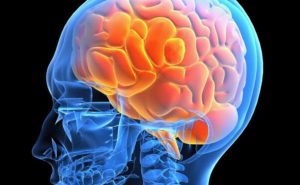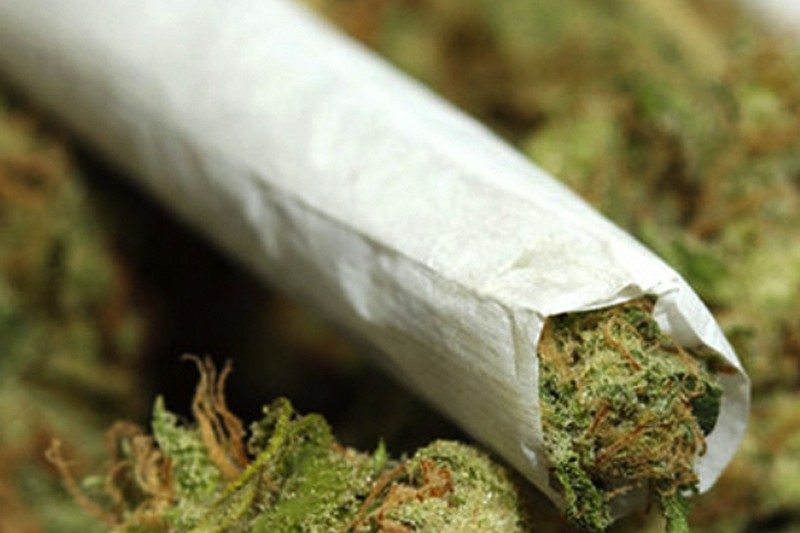Marijuana is a medicine based on dried leaves of various flowers. It has beneficial effects that can be very useful in the medical therapy of some diseases. But now we are trying to show you some of the disadvantages of marijuana.
The negative effects of marijuana can be considered both relaxing and medical Marijuana also has many side effects.
Negative Effects of Marijuana:
Some of the significant stumblings of cannabis are due to its illegal nature. Since marijuana is illegitimate, not only can you make a lawsuit against people to grow marijuana for sale or purchase, but you will never know exactly what ingredients they use in marijuana.
Significant adverse effects of marijuana are observed when tolerance develops, and marijuana is consumed. Once a user is tolerant of the results of a drug, it tends to increase its dose, which increases the likelihood of being addicted to marijuana and other deleterious effects of the herb.
The sufferance state also indicates that the user will experience the unfavorable effects of weed extraction during phases of abstinence. When a user misuses marijuana, the harmful effects of grass appear in a person’s life because they choose to use Marijuana for everything.
How does marijuana Affect the Brain?
People smoke marijuana in hand-rolled cigarettes (joints) or water pipes (bongs). They also burn it in rinsed and dull cigars entirely or partially filled with Marijuana. Marijuana has short and long-term effects on the brain.
- Short-Term Effects on Brain:
When a person smokes weed, THC quickly passes from the lungs into the bloodstream. Blood shifts the chemicals to the mind and other parts of the body. The body absorbs THC more slowly when the person eats or drinks it. In this case, they usually experience the effects after 30 minutes to 1 hour.

credit:Healthy Hemp Oil
THC acts on specific receptors for brain cells that usually respond to natural chemicals, just like THC. These chemicals work in the development and function of the healthy brain.
Marijuana activates parts of the brain that contains most of these receptors. This causes “the up” that people try. Other effects include:
- altered senses
- change of time direction
- mood swings
- aggravated body movement
- Difficulty thinking and solving problems
- memory degradation
2- Long-Term Effects on Brain:
Marijuana also affects the development of the brain. When people start using Marijuana when they are teenagers, drugs can reduce thinking, memory and learning functions and influence the way the brain connects the areas needed for these functions. Researchers are still studying how long the effects of marijuana last and whether some changes could be permanent.
For example, New Zealand showed that the study conducted in part by Duke University researchers concerned people who started smoking marijuana in their youth and had a common marijuana disorder of 8 IQ points between a lost age of 13 and 38 years.
Skills do not return entirely to those who return who have abandoned marijuana as adults. Those who started smoking marijuana did not show a noticeable decrease in IQ.
In another recent study of twins, marijuana use showed a significant decrease in general knowledge skills and verbal skills (equivalent to four points of IQ) between preadolescent and early adulthood, but no predictable differences between twins when you discovered he was using marijuana, and the others were not.
This suggests that the decline in the intelligence quotient of marijuana users may be due to something other than marijuana, such as common family factors (such as genetics, the home environment). The Nida study on the cognitive development of youth (ABCD), an extensive longitudinal study followed a large sample of young Americans from infancy to adulthood to clarify how to help and to what extent marijuana and other substances, alone and in combination, influence the development of the adolescent’s brain.
3 – Effects on the Heart:
Within minutes of smoking marijuana, your heart starts beating faster, and your blood pressure decreases. Marijuana can cause heart rate increases from 20 to 50 beats per minute and can still be improved when other drugs are used simultaneously.
Because of the increased blood pressure and heart rate, the researchers found that the risk of heart attacks in the first hour after marijuana use is four times higher than the overall risk of heart attack. if they do not smoke
You May Also Like: Top 5 Best Strains For Female Arousal
4 – Effects on Your Bones:
Studies have shown that people who inhale large amounts of marijuana on a regular basis have decreased bone density and are more prone to fractures. Users of cannabis may, therefore, have a higher risk of osteoporosis in the future.
Has found a British study at the University of Edinburgh with X-ray DEXA that reduce heavy body weight consumers of marijuana and body mass index (BMI), which could contribute to a loss of bone density. As a heavy user defined those, who have smoked in their lives more than 5000 times.
5 – Effects on the Lungs:
Smoking cannabis, even rarely, can cause stinging and burning in the mouth and throat and cause a severe cough. Scientists have found that regular marijuana smokers have the same respiratory problems as tobacco smokers, including:
- Daily production of a cough and mucus
- More frequent acute breast diseases
- Increased risk of lung infections
Most of the Marijuana consumes cannabis much less than cigarette smokers who consume tobacco. However, the harmful effects of marijuana should not be ignored.
Marijuana contains more carcinogens than tobacco smoke, and because marijuana smokers inhale deeper into the rule and smoke in the lungs longer than they smoke tobacco, their lungs are exposed to these cancerous properties, after they smoke.
Effects of Exposure during Pregnancy
Marijuana is the most regularly used illegal drug during pregnancy. Studies have attempted to estimate the exact number of pregnant women using marijuana, but the results vary.

credit:420 Intel
According to the American Congress of Obstetricians (ACOG), 2-5 percent of women during pregnancy use marijuana. This number is increasing for some groups of women. For example, say to young, urban and socio-economic disadvantaged women, higher utilization rates, which reach 28%.
- – What are the possible effects of marijuana use during pregnancy?
Doctors have associated use of marijuana during pregnancy with an increased risk of complications. These can include:
- low birth weight
- premature birth
- small head circumference
- small length
- stillbirth
What are the possible effects of marijuana after the birth of a child?
Researchers are mainly studying the effects of marijuana during pregnancy in animals. Experts say that THC exposure can affect a child’s brain development.
Children of mothers who inhale marijuana during pregnancy show no evidence of abstinence. Other changes, however, can be noted.
Research is ongoing, but a child whose mother has used marijuana during pregnancy may have problems with age. The research is not clear, as some older researchers report that there are no differences in long-term development, the latest research shows issues for these children.
THC is considered by some to be a developmental neurotoxin. A child whose mother has used marijuana during pregnancy may have problems with memory, attention, impulse control and academic performance. Further research is needed
Further Possible Harms of Marijuana
Marijuana can also harm users. Although the most common effect of marijuana is a feeling of euphoria (“high”), it can also reduce the control of movement by the user, causing disorientation and sometimes causing unpleasant thoughts or anxiety. And paranoia.
Smoked marijuana supplies the body with THC and other cannabinoids, but it also provides harmful substances to users and those nearby, including many elements in tobacco smoke.
Because marijuana plants are available in different variants with different concentrations of active compounds, it can be complicated to predict the experience of each user. The effects may also depend on the depth and duration of the user’s inhalation. Likewise, the results of oral marijuana use can vary from person to person. Also, some chronic users may develop an unhealthy addiction to marijuana.
Note: In USA Marijuana Is Legalized in the Few States
There are two chemically pure drugs based on marijuana compounds that have been approved in the United States. UU for medical purposes.
- Dronabinol (Marinol) is a gelatin capsule containing delta-9-tetrahydrocannabinol (THC), supported by the US Food and Drug Administration (FDA). UU (FDA) for the treatment of nausea and vomiting caused by chemotherapy and weight loss and loss of appetite in patients with AIDS.
- Nabilone (Cesamet) is a synthetic cannabinoid very similar to THC. It can be taken orally to discuss nausea and vomiting induced by chemotherapy if other drugs do not work.
Conclusion
Like many other drugs, prescription cannabinoids, dronabinol, and nabilone can cause side effects and complications.
Some people have difficulty increasing their heart rate, lowering their blood pressure (especially when they get up), feeling swelling or drowsiness and fainting. These medications can cause drowsiness and mood swings or a “high” feeling that makes some people feel sick. They can also exacerbate depression, mania or other mental illness. Some patients taking nabilone in studies have reported hallucinations.
Medications can increase the effects of sedatives, sleeping pills or alcohol, such as drowsiness and difficulty in coordination. Patients also reported problems with dry mouth and recent memory problems. Older patients may have more problems with side effects and usually start with lower doses.
People with emotional illnesses, paranoia or hallucinations may find that their symptoms get worse when they take cannabinoid-based medicines.






